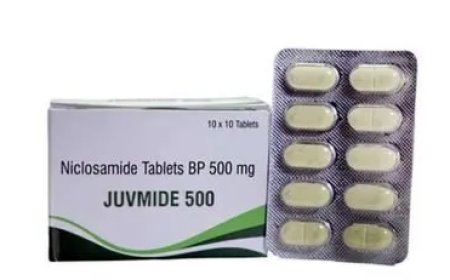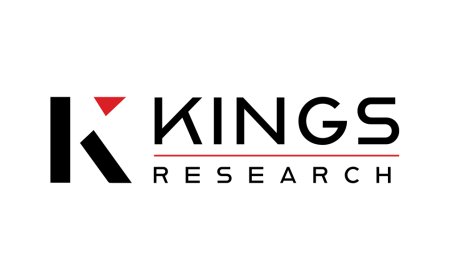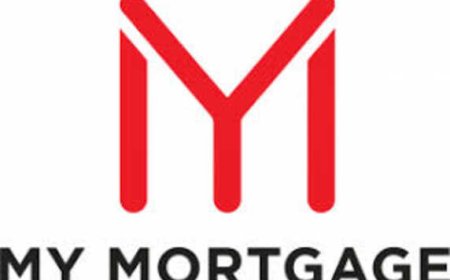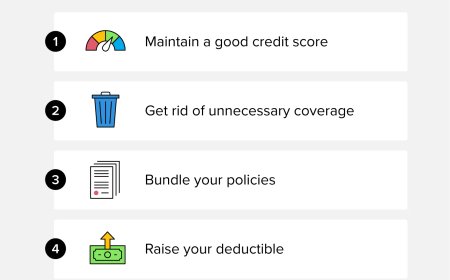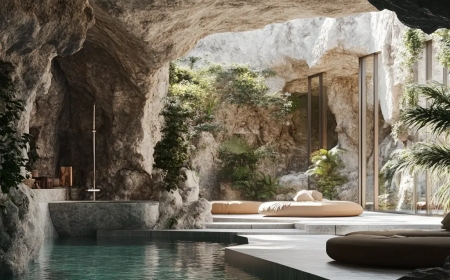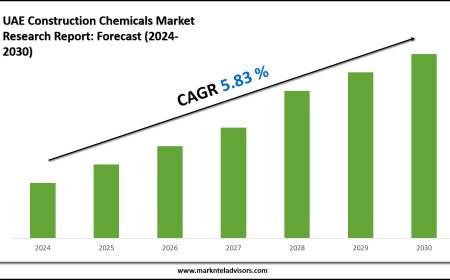Is Gulshan One29 the Smartest Retail Investment in Sector 129?
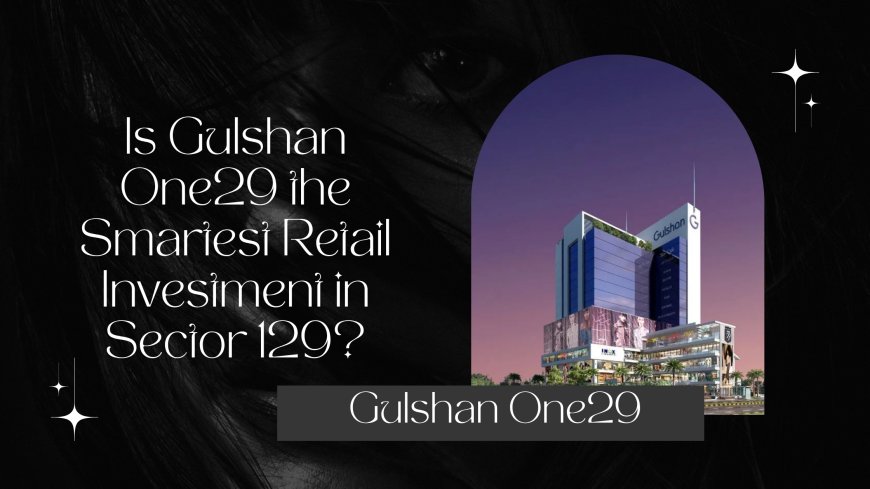
In the changing world of commercial real estate, one factor remains constantlocation is key. Yet, location alone no longer guarantees returns. Todays investors seek a well-rounded package: urban relevance, design adaptability, sustainable features, and long-term footfall potential. In Noida, one project that has been steadily gaining attention under this lens is Gulshan One29, located in Sector 129.
What sets this commercial development apart is not just its geographic position, but its alignment with evolving business formats, shifting consumer behaviors, and the growing need for multifunctional spaces. With the rise of hybrid retail, flexible leasing, and sustainability-focused infrastructure, Sector 129 has become a focal point for retail and lifestyle development in Noida.
This article examines whether this project checks the boxes that make it a smart retail investmentand how its structure, surroundings, and sustainability align with future-ready urban development.
Sector 129: A Strategic Zone in Noida
Before analyzing the project itself, its important to understand the value of Sector 129. Situated along the Noida-Greater Noida Expressway, this area acts as a key corridor connecting residential neighborhoods, institutional hubs, and business parks.
Sector highlights:
-
Direct access to the Noida-Greater Noida Expressway
-
Proximity to Jaypee Hospital, Amity University, and several IT parks
-
Surrounded by large residential catchments and integrated townships
-
Located near established sectors like 93, 137, and 132
-
Easily accessible via metro and arterial city roads
These advantages naturally lead to higher footfall, mixed customer profiles, and consistent demand for retail servicesmaking any well-positioned commercial development a prime candidate for investment consideration.
The Need for Smarter Retail Infrastructure
Modern retail requires more than storefronts and signage. It calls for intelligent layouts, adaptable units, and seamless user experience. Investors increasingly prefer properties that accommodate modern formats, from flagship outlets to pop-ups and services.
Key expectations from retail infrastructure:
-
Flexibility in unit sizes and combinations
-
Visibility for each store with wide frontage
-
Efficient circulation areas that manage crowd flow
-
Support for omnichannel logistics and last-mile delivery
-
Smart utility systems to reduce operational costs
Gulshan One29 incorporates these considerations into its structure, ensuring that the real estate matches the pace of modern commerce.
Design That Prioritizes Visitor Experience
The design of a commercial property has a direct impact on both retail success and long-term value. A well-designed layout doesnt just look appealingit makes navigation easier, increases time spent on site, and improves overall engagement.
Features that enhance visitor experience:
-
Open high-street style layout for visual access and comfort
-
Clearly marked zones for retail, dining, and entertainment
-
Shaded walkways and seating pockets throughout the premises
-
Safety measures including security cameras, lighting, and exits
-
Parking solutions for both two-wheelers and four-wheelers
Such elements dont just bring in footfallthey retain it. And in retail, the longer visitors stay, the more likely they are to spend.
A Blend of Retail, F&B, and Entertainment
Smart investments are those that offer diversified income sources. A mixed-use commercial development has higher resilience to economic shifts than single-purpose buildings.
Advantages of mixed-use formats:
-
Balanced revenue from different business types
-
Weekend and weekday traffic from both retail and entertainment
-
Dining options that act as crowd anchors
-
Entertainment like multiplexes that increase dwell time
-
Event-friendly spaces that allow community programming
By blending shopping, dining, and leisure, Gulshan One29 taps into all three primary reasons people visit commercial hubsnecessity, convenience, and experience.
Aligning with Modern Business Needs
Retailers today are not just seeking a spacetheyre looking for operational ease, cost-effectiveness, and long-term viability. From large brands to local businesses, adaptability is the currency of success.
What businesses look for in a commercial unit:
-
Reasonable maintenance and utility charges
-
Infrastructure that supports digital payment and e-commerce
-
Ventilation and temperature control to enhance customer comfort
-
Modular interiors that allow seasonal or product-based redesign
-
Branding zones that dont compromise architectural aesthetics
A smart investment aligns not only with trends but with the operational reality of running a business in a competitive landscape.
Visitor Demographics and Potential Footfall
Location alone doesn't drive trafficits the surrounding demographics and connectivity that shape day-to-day movement. In the case of Sector 129, the mix of residential density and professional activity leads to steady foot traffic across the week.
Contributing demographic factors:
-
Families from nearby societies looking for grocery, dining, and leisure
-
College students seeking food courts, cafs, and quick shopping
-
Professionals from adjacent IT zones and business parks
-
Evening and weekend family traffic from residential enclaves
-
Hospital visitors and patient families seeking convenience services
Such a varied audience ensures that different types of retail outletsfrom salons to bookstores, clinics to fashion chainscan co-exist and thrive.
Built-In Sustainability
Sustainability isn't just a design trendits a long-term investment strategy. Commercial developments with green infrastructure tend to incur lower operating costs and appeal to conscious tenants and customers alike.
Sustainable design practices at play:
-
Energy-efficient lighting in common areas
-
Rainwater harvesting for landscape maintenance
-
Use of recycled materials in construction
-
Waste segregation and recycling systems
-
Landscaping that uses native, low-maintenance plant species
Not only do these reduce environmental impact, but they also reflect the social responsibility of the propertysomething increasingly valued by buyers and tenants alike.
Adaptability and Future-Proofing
What makes a retail investment smart is not just present-day demand, but the ability to evolve over time. This project has been designed with flexibility in mind, ensuring that it can cater to changing retail and business patterns.
Future-oriented design strengths:
-
Modular unit sizing that allows for mergers or splits
-
Infrastructure to support electric vehicle charging stations
-
Digital signage and marketing support systems
-
Event spaces that can be adapted seasonally or thematically
-
Ready provisions for tech upgrades and automation
Such scalability means the property wont become outdated as business models changeit will simply adapt.
Investment Perspective: Value Retention and ROI
For investors, the ultimate metric is ROIboth in terms of rental yield and capital appreciation. Mixed-use commercial spaces in developing corridors like Sector 129 are often early opportunities for high-return portfolios.
What makes the ROI potential strong:
-
Diverse tenant mix reducing vacancy risk
-
Steady weekday and weekend foot traffic
-
Location growth due to surrounding infrastructure development
-
Competitive leasing rates balanced with premium positioning
-
Long-term potential for revaluation as the area matures
With its positioning and planning, it is well-placed to benefit from both short-term lease revenues and long-term asset growth.
Integration with Noidas Urban Vision
Smart investments also align with broader city goals. Noidas future planning includes transit corridors, high-density nodes, and mixed-use development policies that support projects like Gulshan One29 Office Spaces.
How the project aligns with urban planning:
-
Proximity to planned metro extensions and road expansions
-
Walkable design that encourages pedestrian use
-
Integration with neighborhood requirements like clinics, banks, and stores
-
Contribution to city-level employment and local business growth
-
Minimal traffic disruption due to internal movement design
As cities move toward smart urban clusters, projects that match city objectives have a strategic edge in terms of policy support and future demand.
Conclusion
The question isnt just whether Gulshan One29 is a good projectits whether it reflects the qualities that smart investors should look for in the current real estate market. The answer, based on location, design, adaptability, and economic potential, leans heavily toward yes.
Sector 129s growth trajectory, coupled with Gulshan One29s integrated commercial planning, makes it a case study in what modern retail investments should offer. From daily convenience to weekend entertainment, and from green infrastructure to scalable retail formats, it combines multiple investment strengths in a single destination.
As Noida continues to evolve into a major commercial node, early movers in its emerging sectors often see the highest returns. This development, with its timely placement and forward-thinking design, stands out as one of the smarter choices on that map.






